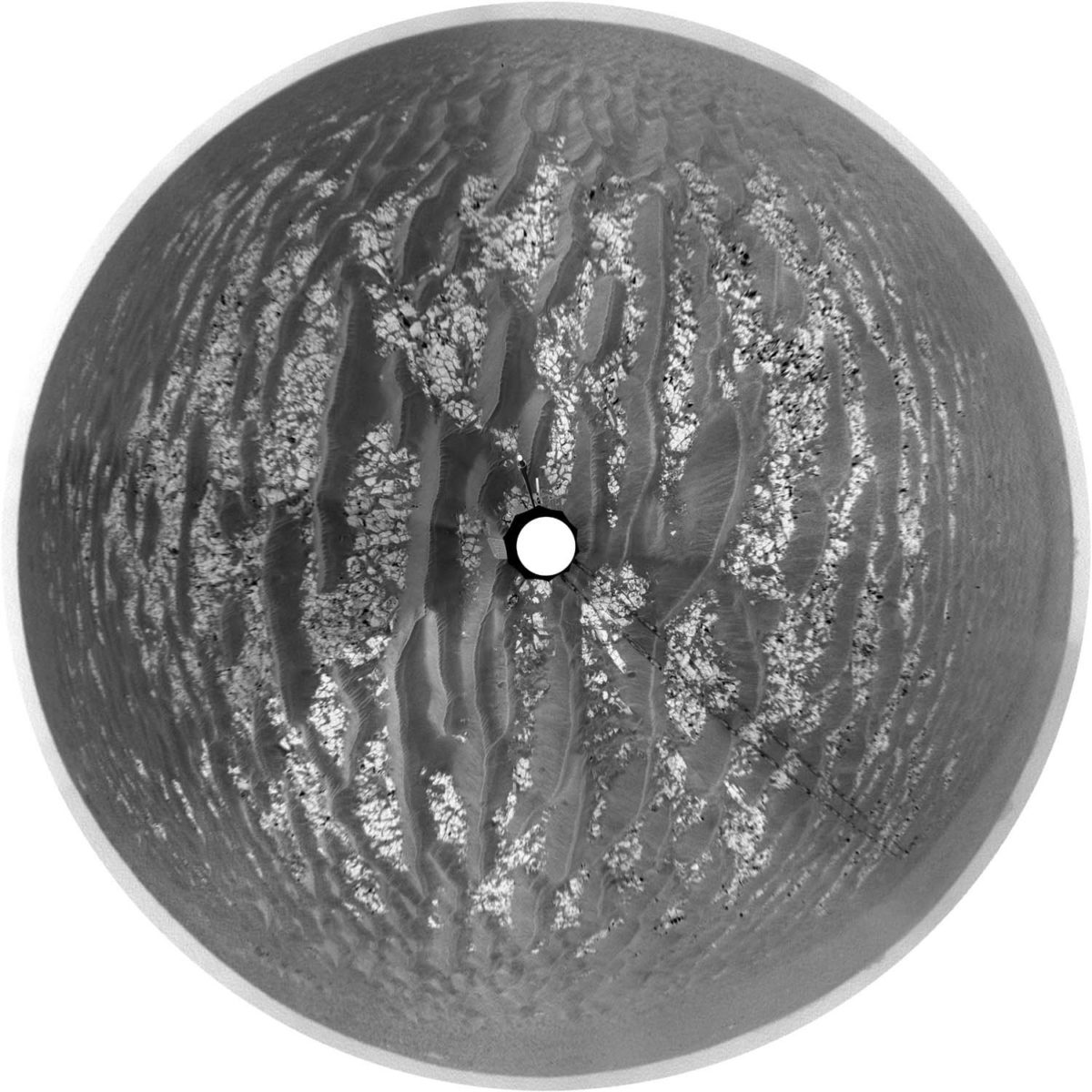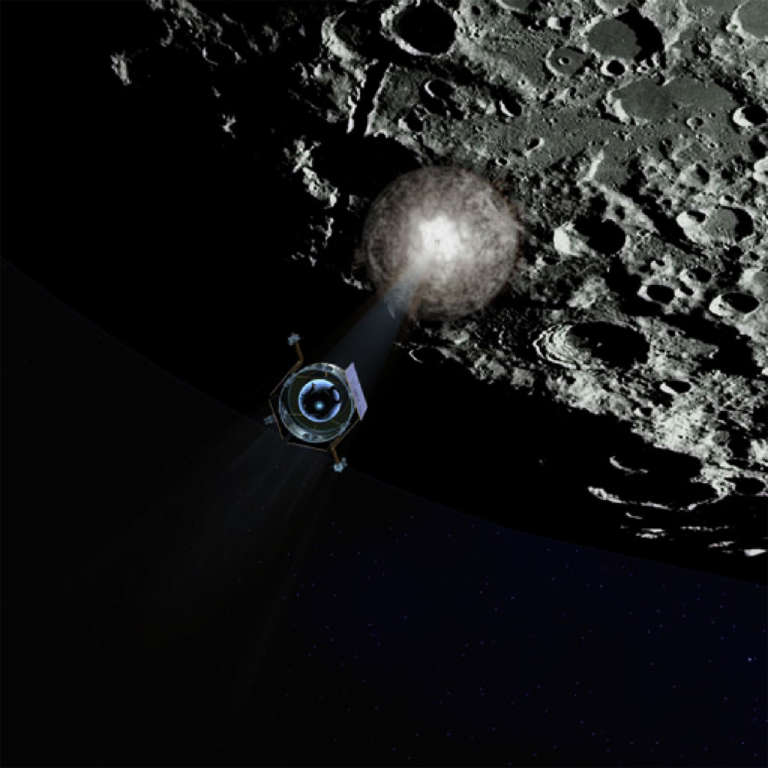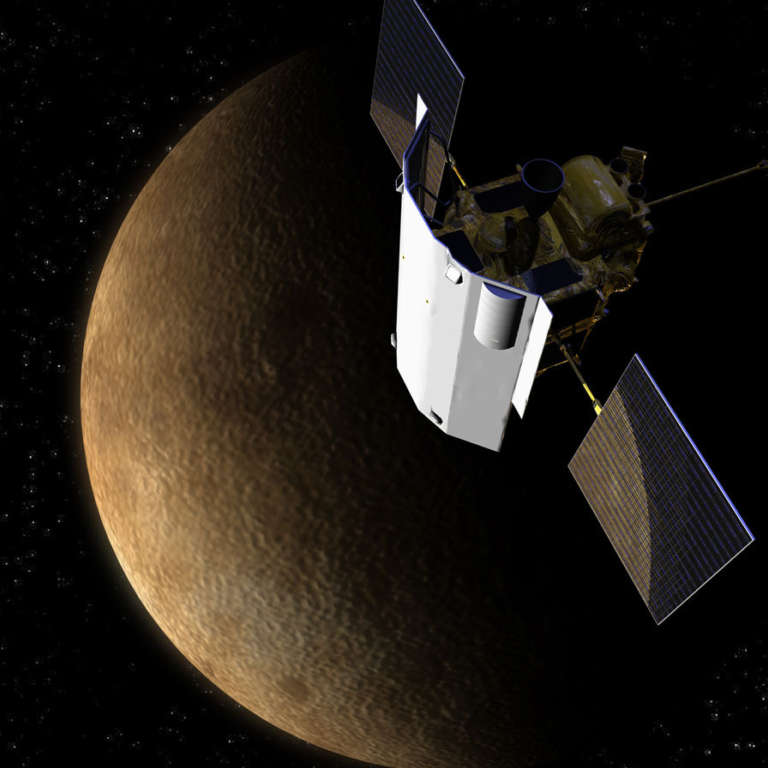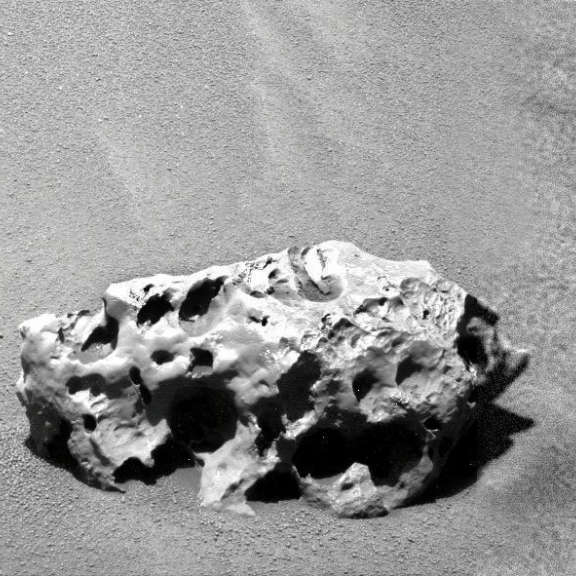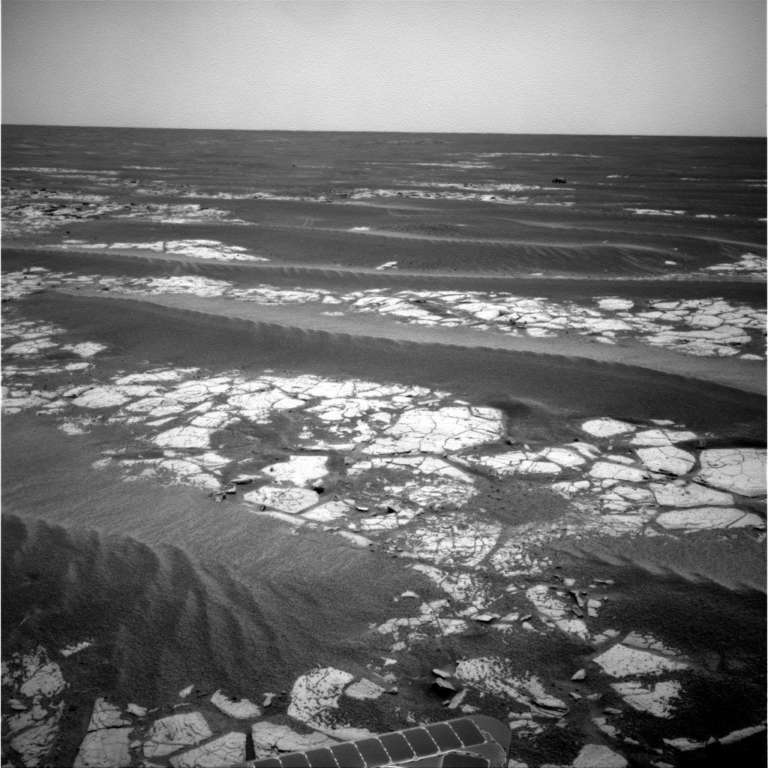All
All
Stories, updates, insights, and original analysis from The Planetary Society.
Fun for Sunday: Titan and Tethys pas de deux
Checking in on Cassini's raw images this weekend, there are several nice shots to play with, including the many frames from which I tossed together this cute animation.
Opportunity's world of dunes and rock
Opportunity's been making tracks lately, with brief stops to check out a couple of meteorites. I thought this view of its surroundings on sol 2,034 (a couple of days ago) was neat.
Rhea, Enceladus, Mimas, and Tethys, oh my!
With the last Titan flyby on October 12, Cassini came back to an orbit that's nearly in the equatorial plane, and immediately rewarded us with some fine views of several of the icy moons. Here are a bunch of images of those moons.
The Phoebe ring
Last week, planetary astronomers Anne Verbiscer, Michael Skrutskie, and Doug Hamilton published a paper in Nature succinctly titled
Netherlands fireball
I was debating whether to write anything about a reported fireball that streaked across the sky in the Netherlands at roughly 19:00 local time (17:00 UTC) yesterday, October 13, but seeing this image ended my internal debate.
OMG! Aurora!
Unmannedspaceflight.com member Astro0 was fiddling around with an interesting-looking sequence of Cassini images when he discovered their purpose -- they were gathered in order to see if Cassini could catch aurorae flaring into being near Saturn's north pole. Cassini sure did!
Video from Palomar Observatory on LCROSS impact night
The Palomar Observatory adaptive optics image of the crater Cabeus remains the best I've seen from ground-based telescopes of the LCROSS impact site.
Palomar image of crater Cabeus after LCROSS impact
Here's the sharpest optical image shown today of the Moon, from Palomar Observatory.
LCROSS impact recap, with animations
Quite a night! I set my alarm for 3:15 am in order to get up and watch LCROSS crash into the Moon.
Screen caps of NASA TV LCROSS camera images
I am having issues with TwitPic this morning, so will occasionally post new images from the LCROSS camera to this blog entry.
Gorgeous Kaguya image of Cabeus crater; where to watch impact
I'm back online and ready to watch LCROSS smash into the Moon this morning!
A couple of helpful visualizations of LCROSS impact
The visualization studio at Goddard Space Flight Center has just posted some handy simulations of what we can expect the LCROSS impact to look like.
LROC nabs image of the Apollo 14 S-IVB impact site
As a reminder that we've been crashing stuff into the Moon for decades, the Lunar Reconnaissance Orbiter Camera (LROC) team released today a photo of the crater made by the spent upper stage of the Saturn rocket that lofted the Apollo 14 mission to the Moon.
MESSENGER is fine
The caption to today's image release from the MESSENGER team concerns their long-term campaign to study Mercury's brightness through a range of phase angles.
It would appear that Opportunity has stumbled upon another meteorite
I wonder if this came from the same original body as Block Island, or if Meridiani is the kind of slowly deflating landscape that accumulates meteorites at its surface, like the ANSMET meteorite hunting spots in Antarctica?
MESSENGER gets two planets for the price of one
Here's a pretty shot of Mercury taken by MESSENGER on approach...but wait, what's that tiny little speck in the lower left corner of the photo?
Opportunity on the move
Opportunity rover is driving, driving, driving. It departed the meteorite named Block Island on sol 2,004 and has routinely clocked 70 meters per driving day (with drives every other day).
Beautiful 3D animation of Spirit's environs in Gusev Crater
Doug Ellison has done it again: he's created a spectacular overflight of Gusev crater based upon digital elevation models of the terrain produced by the United States Geological Survey from HiRISE data.
Opportunity's highway, and a tour of Block Island
Just a cool image to start the morning: after a 70-meter drive yesterday, Opportunity's following not one but two sets of its own tracks.
Interpreting a crater on the Moon
The images from the Lunar Reconnaissance Orbiter Camera or LROC are absolutely stunning.


 Explore Worlds
Explore Worlds Find Life
Find Life Defend Earth
Defend Earth


 Sun
Sun Mercury
Mercury Venus
Venus Earth
Earth Mars
Mars Jupiter
Jupiter Saturn
Saturn Uranus
Uranus Neptune
Neptune Small Bodies
Small Bodies
